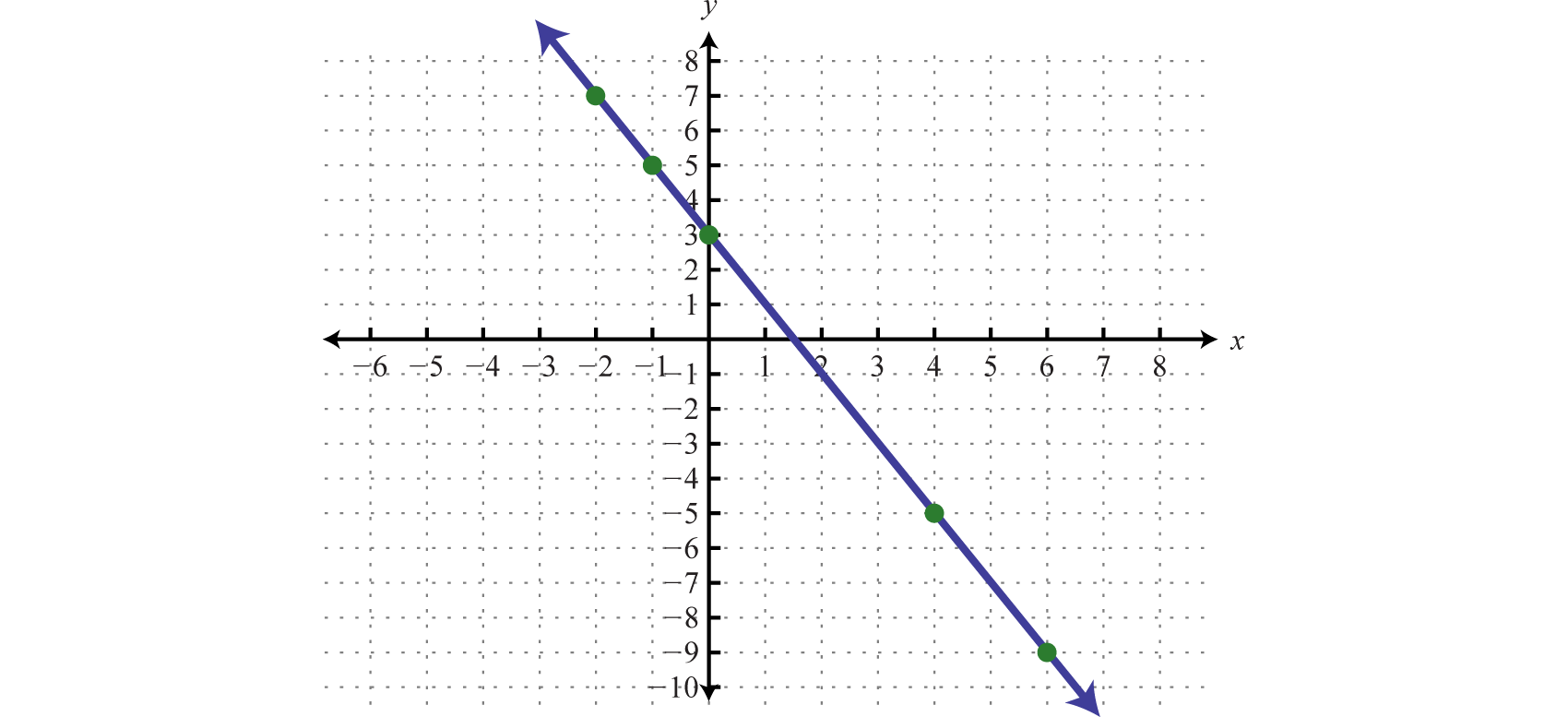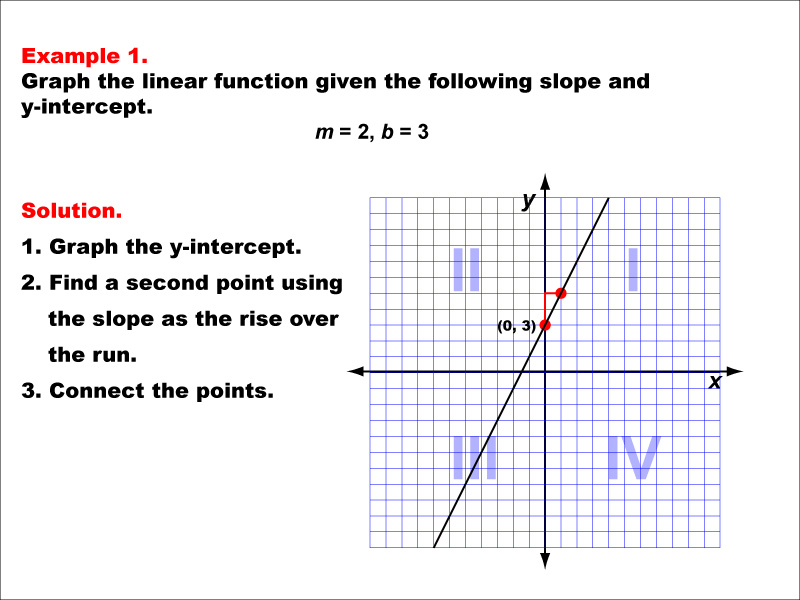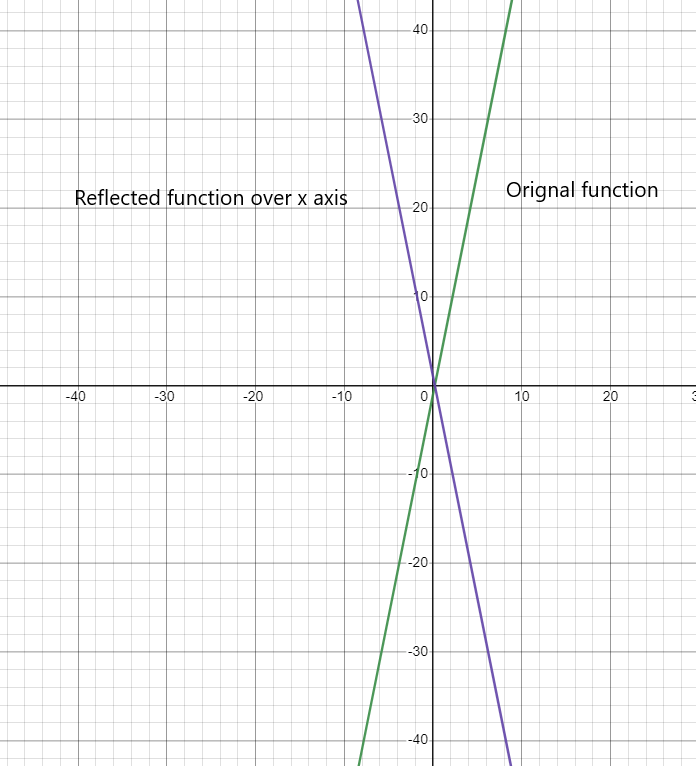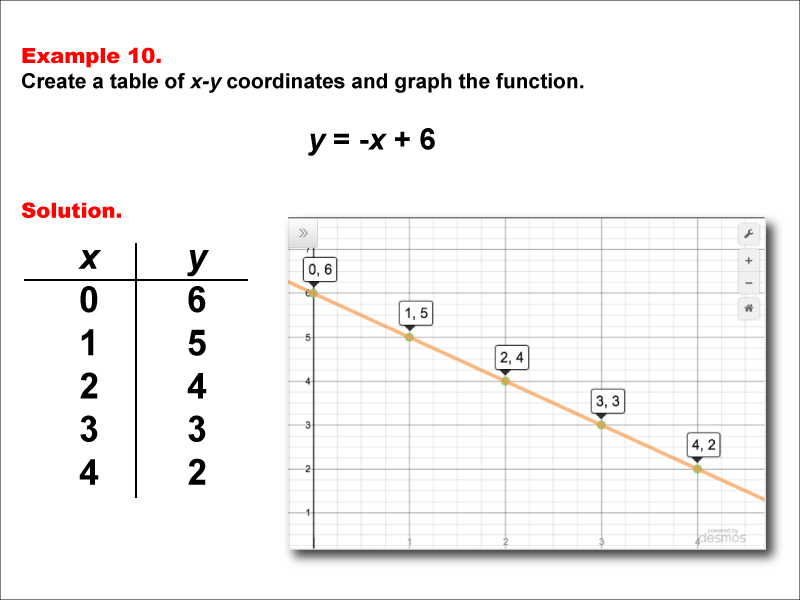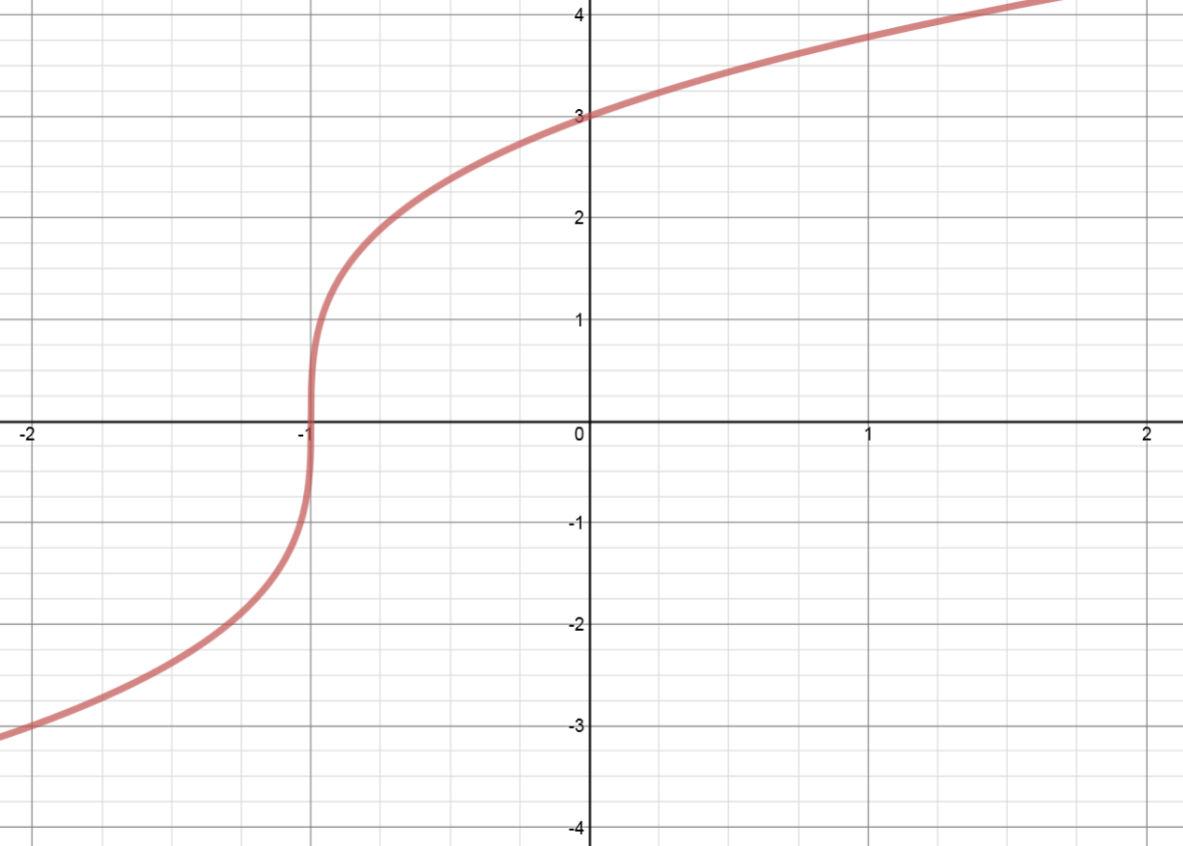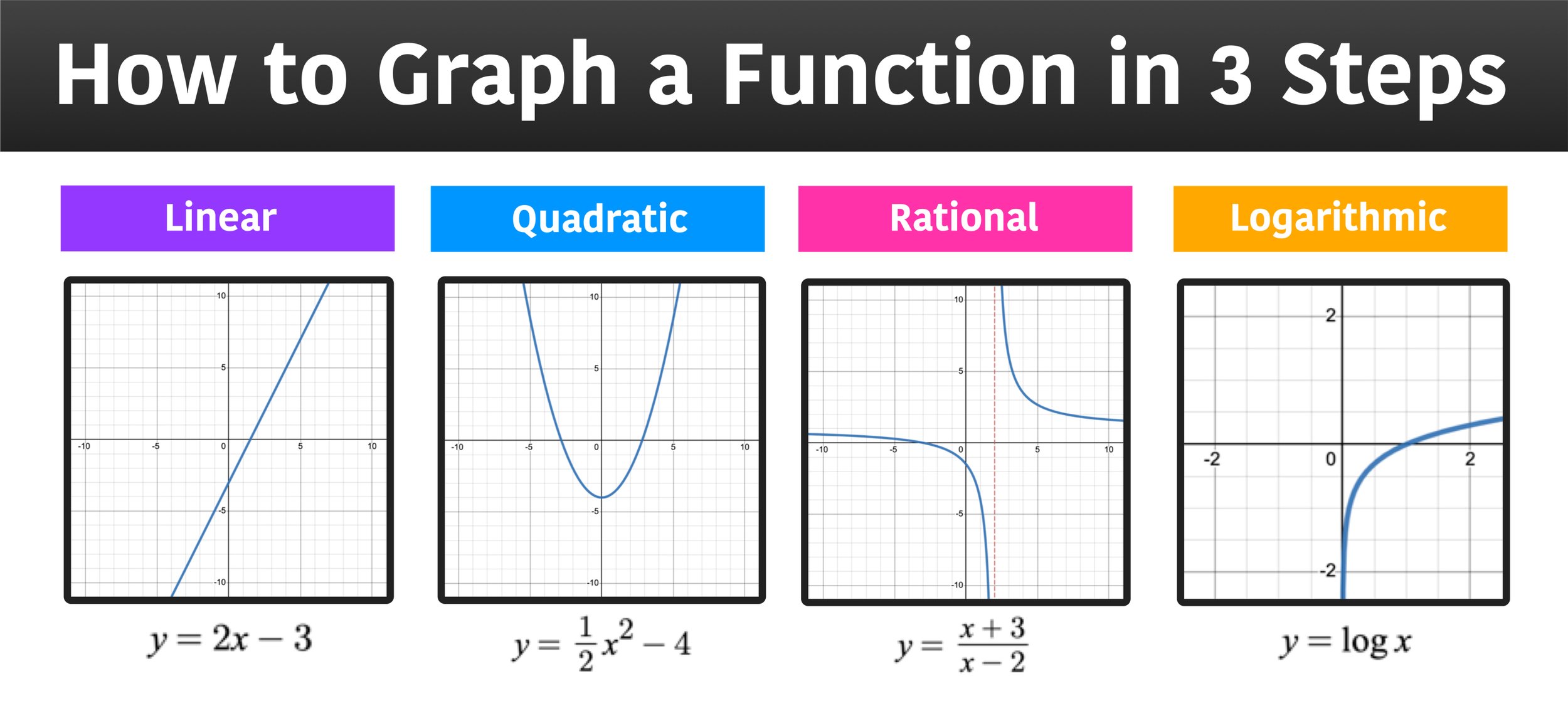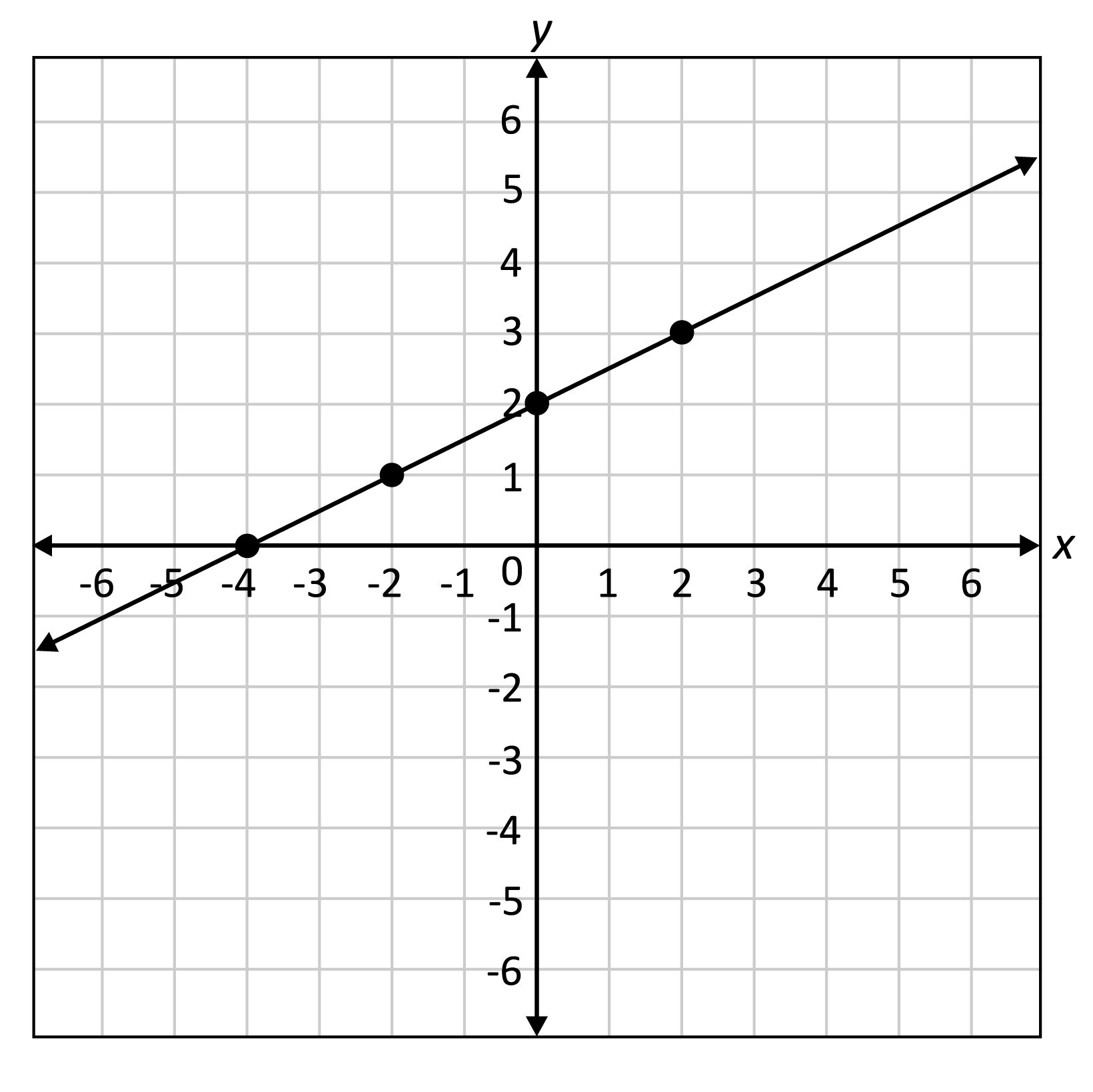Breathtaking Tips About How Do You Flip A Linear Function Over The Y-axis To Change Sig Figs On Excel Graph Axis

How does the end behavior change?
How do you flip a linear function over the y-axis. Y = a * f [ b (x. Ry−axis (a, b) → (−a, b) r y − a x i s ( a, b) → ( − a, b) diagram 4. Associated with this linear map is the matrix i posted in comments :
You can use the rule or count towards the reflection. The parent function is an increasing straight line as it is read from left to right. How do we reflect a function?
The formula for this is: The good solution is to use the linear map $\alpha : In math, a reflection of a linear function is a flip over the x or y axis.
When we reflect a function, we're flipping it over a specific line. This video shows two methods of achieving this reflection. T (x)+t (y) = t (x+y) ct (x) = t (cx) where t is your transformation (in this case, the scaling matrix), x and y are two abstract column vectors, and c is a constant.
In this video lesson we will learn how to reflect a linear function. A function can be reflected about an axis by multiplying by negative one. Now, graphing those on the same axes, we have:
Alternatively, you can use the matplotlib.pyplot.axis() function, which allows you inverting any of the plot axis. See this in action and understand why it happens. F(−x) = −3x + 2 (replace every x with a −x ).
Usually you should just use these two rules: Y = f(x) all of the translations can be expressed in the form: Matplotlib.pyplot.axis((ax[1],ax[0],ax[2],ax[3])) indeed, you can invert both axis:
So here's a classic example of an even function. The best way to practice drawing reflections over y axis is to do an example problem:


